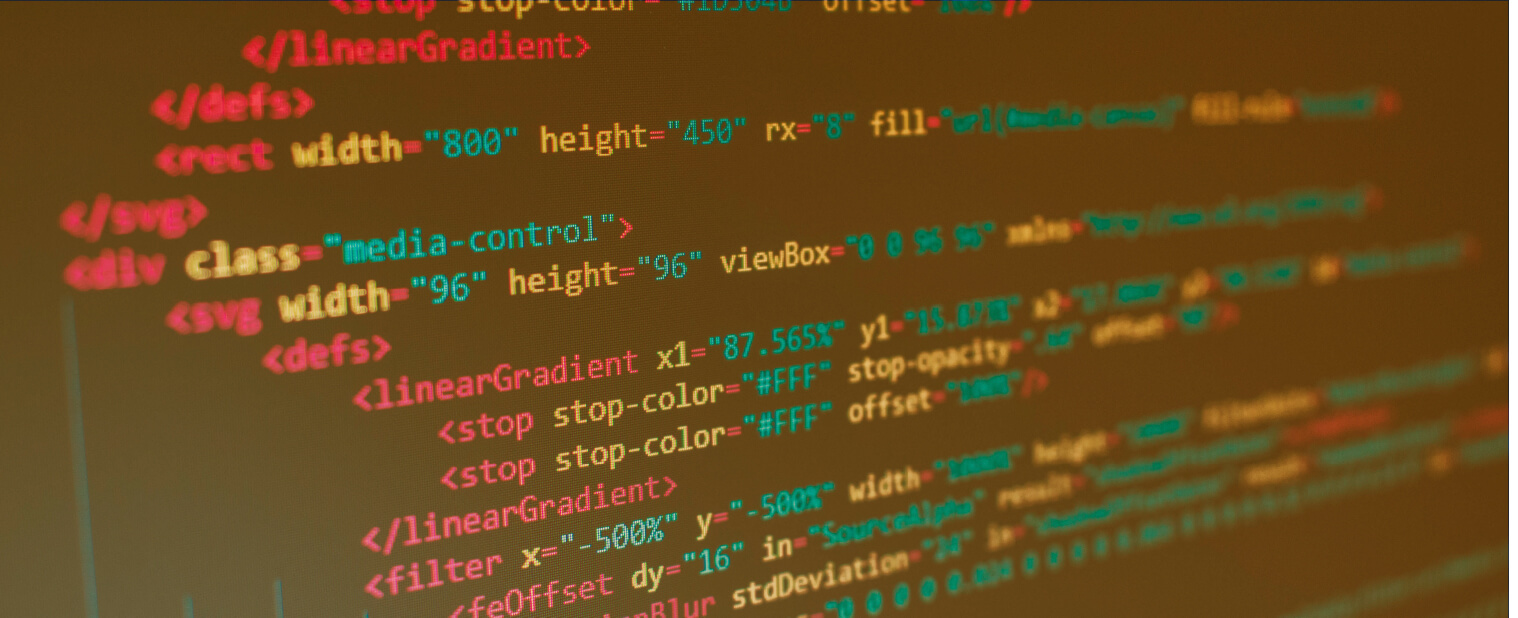What is a Cascading Style Sheet (CSS)?
A Cascading Style Sheet is a style sheet language that amends the page layout prescribed by a markup language.
SEO-Friendly Cascading Style Sheets (CSS)
Using Cascading Style Sheets (CSS) to optimize online content is a form of technical SEO.
While creating relevant, useful content is the core of SEO, there are many strategies you can employ from a technical standpoint to further boost your content.

What Is CSS?
In order to understand what Cascading Style Sheets is, you first have to understand what a style sheet is. A style sheet is a file that provides commands for a web page relating to its layout. Cascading Style Sheets is a style sheet language that amends the page layout prescribed by a markup language.
HTML (Hypertext Markup Language) is the most commonly used programming language on the internet, and this language’s primary function is to dictate how information and graphics are displayed on a web page. Therefore, CSS often operates in conjunction with HTML.
The Difference Between HTML and CSS
So, CSS amends HTML commands, but they both dictate the layout of the page. This may seem confusing and redundant, but they dictate different aspects of the page layout. For example, while HTML dictates the basic building blocks of the page, such as the text and images, CSS adds further features to these attributes, such as fonts, colors, and spacing. Without any HTML coding (or a similar type of coding), a page can’t exist. Without CSS coding, the page will exist, but it just may not look very aesthetically pleasing. For example, the following images are the Barnes & Noble homepage, with and without CSS coding:
The Benefits of CSS
In short, CSS simplifies the coding process of a webpage. CSS commands are a separate set of code linked to the applicable HTML files. Because of this, one CSS file can be linked to multiple HTML files, and this makes it much easier to make sweeping layout changes across a site, where otherwise you would have to go in and adjust the code on each separate HTML file.
For example, if you wanted to make the body text of each page on a website red, you could write up the necessary code once on the CSS file, and then link it to all of the HTML files, rather than having to actually write that code into every HTML file individually.
Additionally, because CSS provides external coding, it compartmentalizes certain code features, which makes information more simple to find and/or adjust than it would be if you had to dig through one long file.
SEO Keyword Research
Read our comprehensive SEO keyword research guide to learn how you can get your web pages to show up higher in the SERPs.
Link Building Guide
Check out our ultimate link building guide to learn how to earn powerful backlinks to empower your web content in search.
How Does CSS Affect SEO?
The basis of search engine optimization (SEO), as the name implies, is to optimize content for search engines — or in other words, to craft content in such a way as to encourage a search engine to feature or prioritize it over similar content in search engine result pages (SERPs). This is achieved through a variety of methods, ranging from linking to high-authority resources to simply providing an excellent answer to the searcher’s query.
That being said, search engines cannot evaluate content like a human does. They have to “crawl” web pages by processing the code. Therefore, what the search engine is “reading” is not the display that a human audience reads, but rather the underlying code. Therefore, coding mediums (such as CSS) and strategies can be used as tools to optimize content.
How to Optimize Your Content Using CSS
CSS can completely change how a web page looks to a human user, but also how it might be understood by a search engine.
Making Content Easier to Crawl
As previously stated, CSS can be used to simplify code and raise the text-to-code ratio. This gives a search engine less information to crawl, which may cause your content to be crawled and indexed more quickly. Having your content crawled and indexed more quickly is very beneficial to SEO because content can’t initially rank or move up in the rankings until it has been crawled and indexed by the search engine.
It doesn’t matter how great a piece of content is if it hasn’t been indexed yet. Until it is indexed, a piece of online content is essentially a book in a stockroom that has yet to be shelved.
Updating Content
Another positive effect of housing some of the formatting code separately and linking it to multiple pages is that it can make content much easier to update. Search engines often are programmed to prioritize more up-to-date content, but updating content can be extremely time-consuming. However, the job is much faster if you can easily find the coding that needs to be changed, and apply the changes widely, which CSS allows you to do.
Making Content More Mobile-Friendly
CSS is also a great tool for ensuring that content is mobile-friendly. Many people access websites on a mobile device, and they are less likely to stay on a page if it is difficult to read and use. Therefore, CSS can help reduce bounce rate.
Although it is just one of many useful tools in an effective SEO toolkit, CSS can have a significant impact on SEO by supplementing more foundational tools and strategies.

